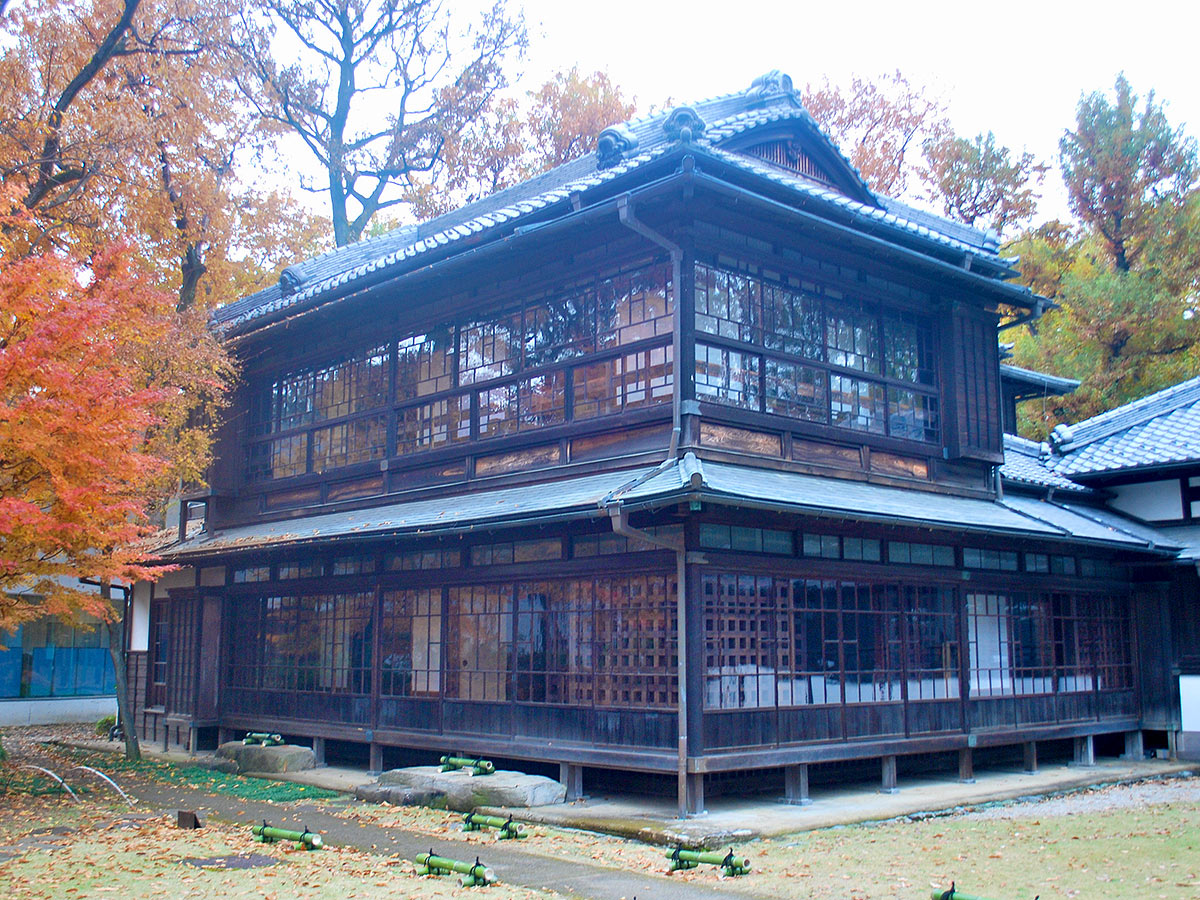- Tags:
- Architecture / Edo Period / Edo-Tokyo Open-Air Architectural Museum / Japanese architecture / Museum
Related Article
-

teamLab’s Digital Art Wonderland ‘Borderless’ Gets Ephemeral Cherry Blossom Makeover for Spring
-

Illustrator uses traditional Japanese art form to share a laugh over modern everyday experiences
-

Twitter delighted and terrified by Kyoto building that looks like a robot
-

Celebrate Space Day With Black Hole Seafood Bowls And Galaxy Parfaits!
-

Inside Doraemon’s Museum: A visit to the Fujiko F Fujio Museum in Kawasaki City
-

Japanese Pet Food Center Is Shaped Like A Giant Dachshund



A hidden gem in Musashi-Koganei
Lots of tourists make it to Tokyo’s preeminent historical museum, the Edo Tokyo Museum in Ryogoku. It’s a shame that more of them don’t make it to the museum’s annex, the Edo-Tokyo Open-Air Architectural Museum, in Musashi-Koganei, where 30 houses and shops dating from the Edo period to the 1950s have been carefully reconstructed and preserved.
It’s often said that the Japanese combine the traditional and the modern particularly well. Coming here, you see how tastes and fashions have been swinging between the native and the exotic ever since the Meiji Restoration.
House of Uemura, built in Shintomi, Chuo ward in 1927. | Photo by George Lloyd
The oldest structure is a mausoleum constructed by Princess Chiyo, wife of the Owari Lord, Mitsutomo Tokugawa in 1652. She had it built to hold a service for her mother, who was the wife of the shogun, Iemitsu Tokugawa.
One of the most modern is the Tokiwadai Photo Studio, built in Art Deco style in 1937. Not that all of the newer buildings are western: the house of the business magnate Hachirouemon Mitsui, which was built in Kyoto in 1897 and relocated to Nishi Azabu in 1952, is a fantastic example of traditional Japanese architecture adapted to suit the modern demand for comfortable living quarters.
Bringing history to life
The Architectural Museum really brings history to life. Wander around the farmhouse of the Yoshino family and you can see for yourself just how austere and uncomfortable a samurai’s life must have been. The entire place was heated by a solitary fireplace in the kitchen, so it must have been incredibly smoky. In fact, the smoke was necessary to keep insects out of the thatched roof (which makes you realise how bug-infested a samurai’s life must have been).
Farmhouse of the Yoshino family. | Photo by George Lloyd
Daikon radishes drying under the eaves of the Yoshino farmhouse. | Photo by George Lloyd
From Edo to the modern era
Contrast the Yoshinos’ farmhouse with the western style house that the German architect Georg Lalande built for himself in 1910. As soon as you walk through the front door, the proportions feel much more comfortable – all that headroom! Upstairs there are dedicated bedrooms, well away from the living quarters, where man and wife might get some privacy. These changes in how people live really affect the way people think and what they value.
The eastern side of the museum grounds is given over to shops, most of which were originally built in Shitamachi (Tokyo’s old downtown), during the Edo era. You can nose your way around the Kagiya bar, which dates from 1856 - it looked a comfortable place to while away an evening. You can wander around a sento (public bath) from 1929. You can peruse an Edo era establishment that once sold oiled paper umbrellas.
Kodakara-yu, a public bath house built in Senju motomachi, Adachi ward in 1929. | Photo by George Lloyd
Most of the shops are made of wood, but those from the Taisho period (1912-26) are plated with copper, which turns green with age. Inside each is a shop counter, from where the owner served his customers, for in those days, customers weren’t allowed to browse the premises as they are today.
Yamatoya grocery shop, built in Shirokanedai, Minato ward in 1928. | Photo by George Lloyd
The Architectural Museum is situated in a wooded park that covers seven hectares, so walking from building to building on a sunny day is very pleasant. Chances are you’ll be accosted by a volunteer guide while you’re wandering, some of whom speak some English. If you’d like a guided tour, the museum advises you to book well in advance; they’re only available in Japanese.
Museum Information
The Edo Tokyo Architectural Museum is in Musashi-Koganei, 30 minutes west of Shinjuku on the Chuo line. Admission is 400 yen.
For more details, see the website here.